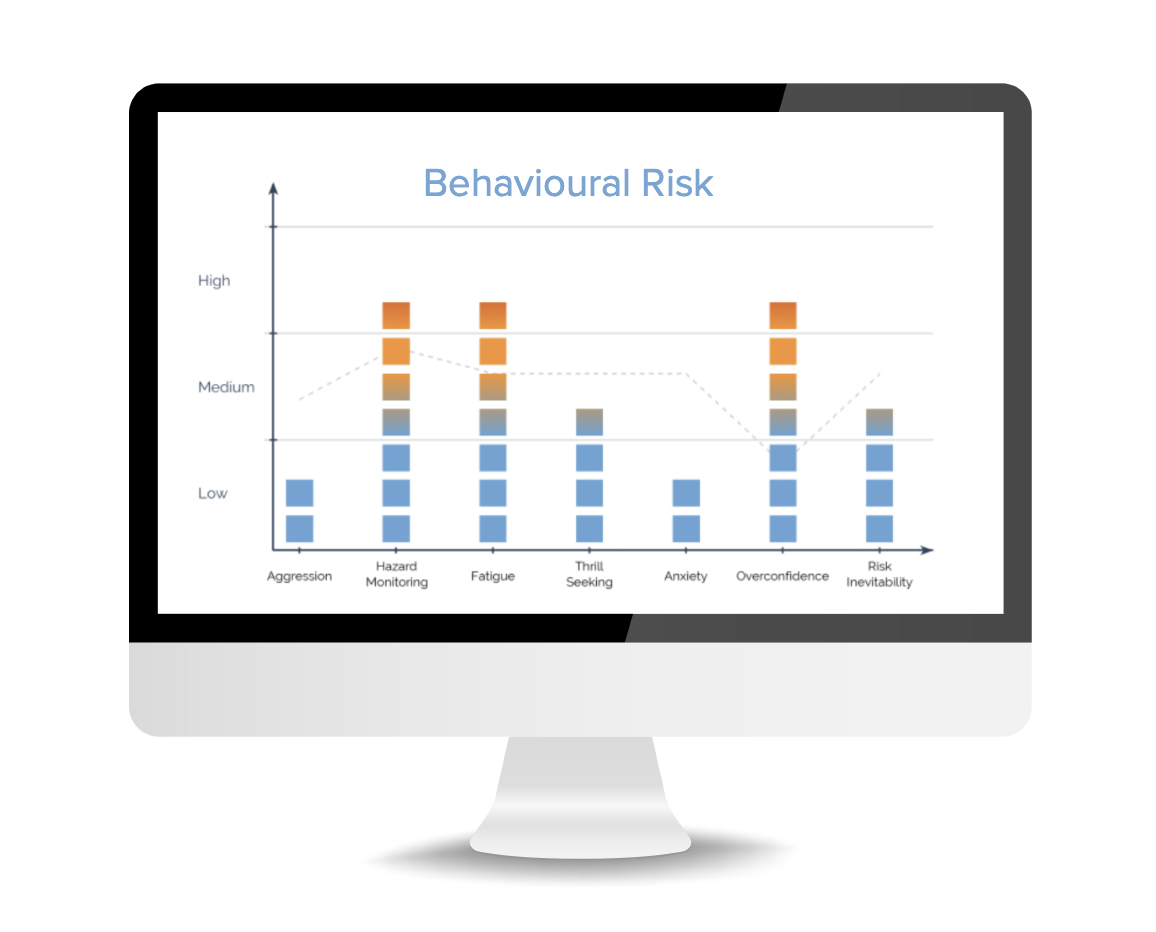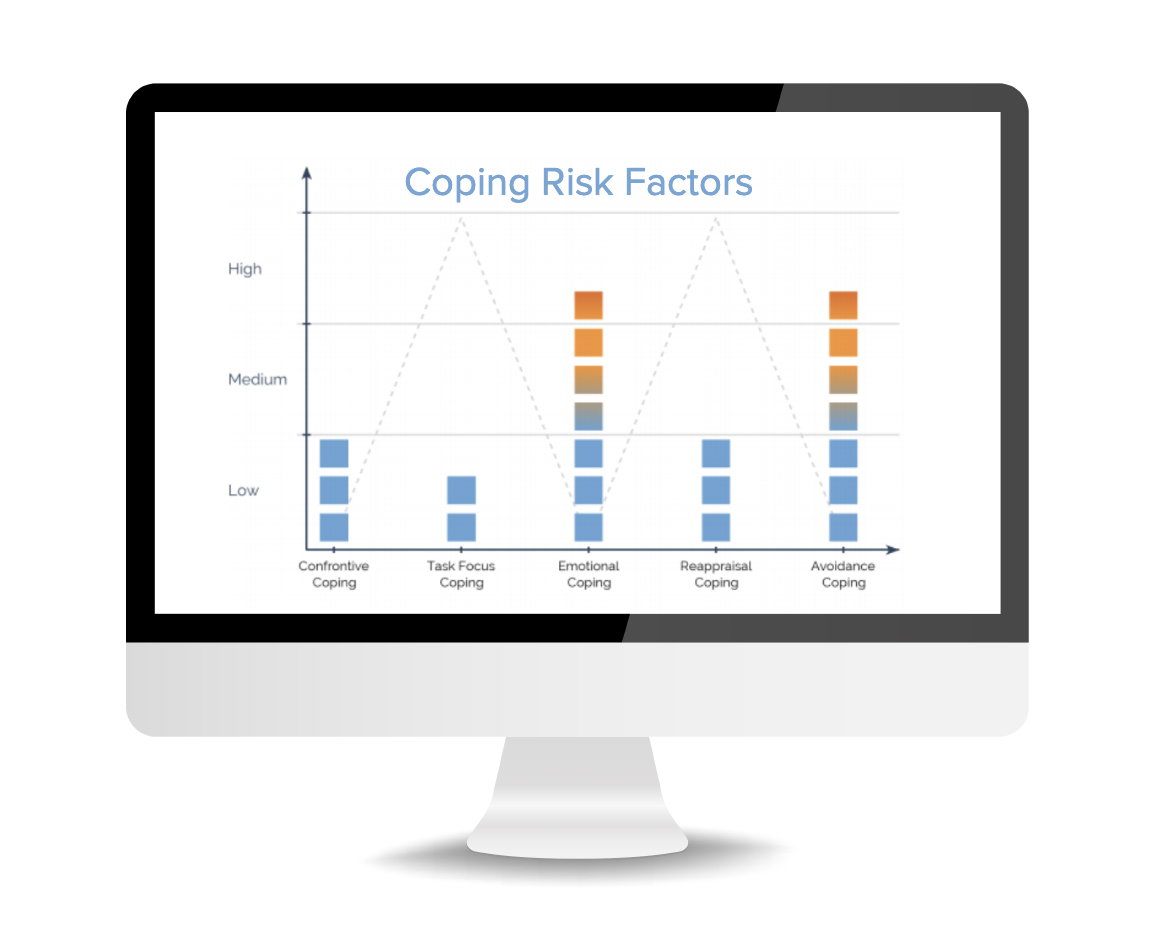Fire Appliance Driver Risk Index
Improve the safety of your fire appliance drivers with our scientifically validated driver risk assessment.
The Fire Appliance Driver Risk Index™
The Fire Appliance Driver Risk Index™ is an online driver risk assessment that identifies specific behaviours that increase the risk of driving a fire appliance. It takes less than 20 minutes to complete, with each driver receiving a report. The report summarises the results and provides tailored advice on how to improve driver safety.
Risk Factors
Scores across several key risk factors are used to create an individual report for every driver.
Situational Risk Factors
• Age • Annual Mileage • Driving Hours • Driving Experience • Licence Status • Crash History
Behavioural & Coping Risk Factors
• Aggression • Hazard Monitoring • Fatigue • Thrill Seeking • Anxiety • Overconfidence • Risk Inevitability • Confrontation • Task focus coping • Emotional coping • Reappraisal coping • Avoidance coping


Benefits

Evidence based assessment

Choose from standard fire appliance driver and instructor versions

Proven to reduce crash risk

Automated eLearning integration

Country level benchmarking and translations

Management Information System
Research Evidence
The Driver Risk Index™ is the subject of over 90 published academic papers. It has reliably been shown that the scales measure personality-based emotional responses to driving. These scales are associated with crashes, errors, driver behaviours and reactions behind the wheel.

CPD Coaching Programme
This course offers driver trainers and risk management professionals an in-depth understanding of Driver Risk IndexTM reports and how to use coaching techniques to address the behavioural issues in driver risk.
West Midlands Fire Service
"We have utilised the Fire Appliance Driver Risk Index™ (FADRI) on a variety of emergency response driving courses. Using the FADRI enhances the practical training as the report is comprehensive, and combined with the trainers’ observations forms the basis of an improved development plan for a response driver."
Kevin Day, Driver Training Manager


